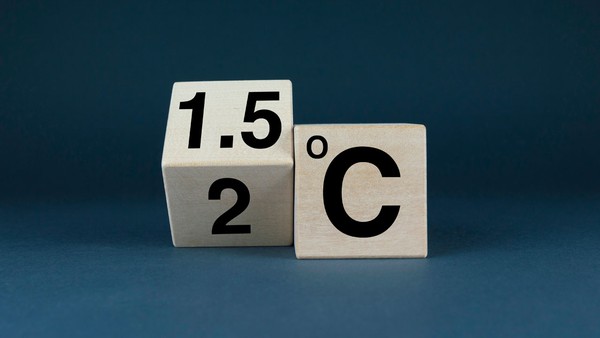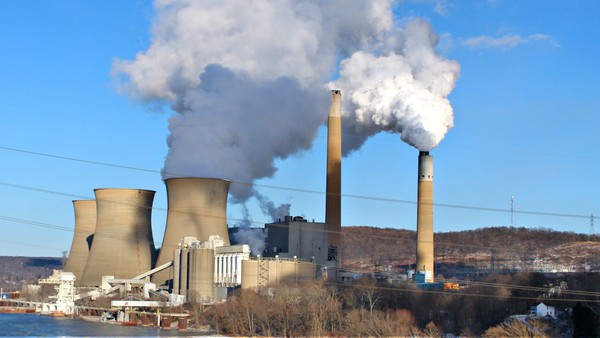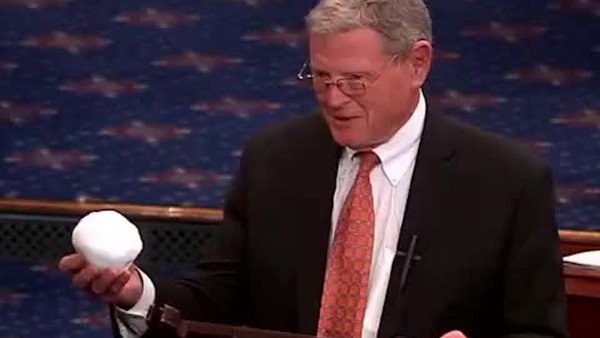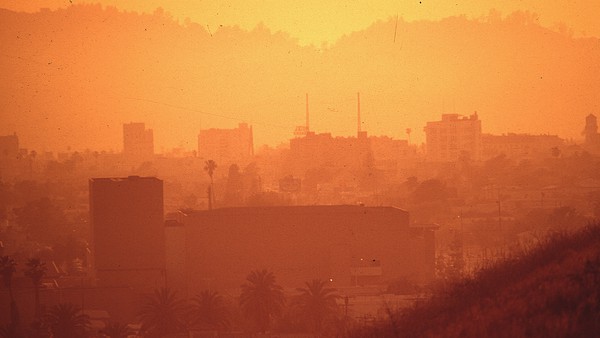Though there’s strong consensus on the scientific side, the realm of politics is where things get murky. Damian Carrington, the Guardian’s environment editor, wrote in Down to Earth, his weekly newsletter on climate change, “A wise person, who’d spent his life on the policy frontline, once told me: ‘If politics was about evidence, it would be easy.’”
Even within the ranks of those who are actively pushing toward “decarbonization” to mitigate the most disastrous effects of climate change, there is disagreement.
Take the Inflation Reduction Act, so far the most significant climate law in the United States, according to climate historian Josh Lappen. In a piece for Heatmap, a website that explores “climate and energy transition issues,” Lappen writes that fissures are emerging in the coalition that allowed the Inflation Reduction Act to move forward—one made up of environmentalists, the clean energy industry, and a group Lappen calls “green growthers,” who push for large-scale green power despite environmental costs.
These battles take place in Washington, D.C. But what can we do here, 3,000 miles away? Plenty. Vankin reports on seven significant measures California has taken since the 1960s to lead the fight against air pollution and climate change.
There is also much to be done to fight climate change on the local level. The Institute for Local Government uses its Beacon Program to recognize voluntary efforts by cities, counties and special districts to promote sustainability. The ILG lists 15 participating counties, and it’s a pleasure to note that six of these are counties where California Local is active. In three of these—Monterey, Nevada and Santa Cruz counties—not only the county but every single municipality is participating.
Will it be too little, too late? Only time will tell—and unlike in the future contemplated by Robert Frost, that time will not be measured in the billions of years.
A new scientific analysis suggests that the Gulf Stream system could collapse between 2025 and 2095, with a “central estimate of 2050 if global carbon emissions are not reduced,” notes a story published July 25 by the Guardian. Unlike the scientifically inaccurate scenario envisioned by “master of disaster” director Roland Emmerich in The Day After Tomorrow (2004)—with Dennis Quaid traipsing about a frozen neo-Ice Age—in reality, changes in the Gulf Stream would likely lead to severe disruptions in rain patterns, threats to the Antarctic ice sheets and rising sea levels on the East Coast. In other words, it would put humanity even deeper into hot water.


 To avoid the worst climate impacts, humans must halve carbon emissions to stay below 1.5C of global heating.
To avoid the worst climate impacts, humans must halve carbon emissions to stay below 1.5C of global heating.






